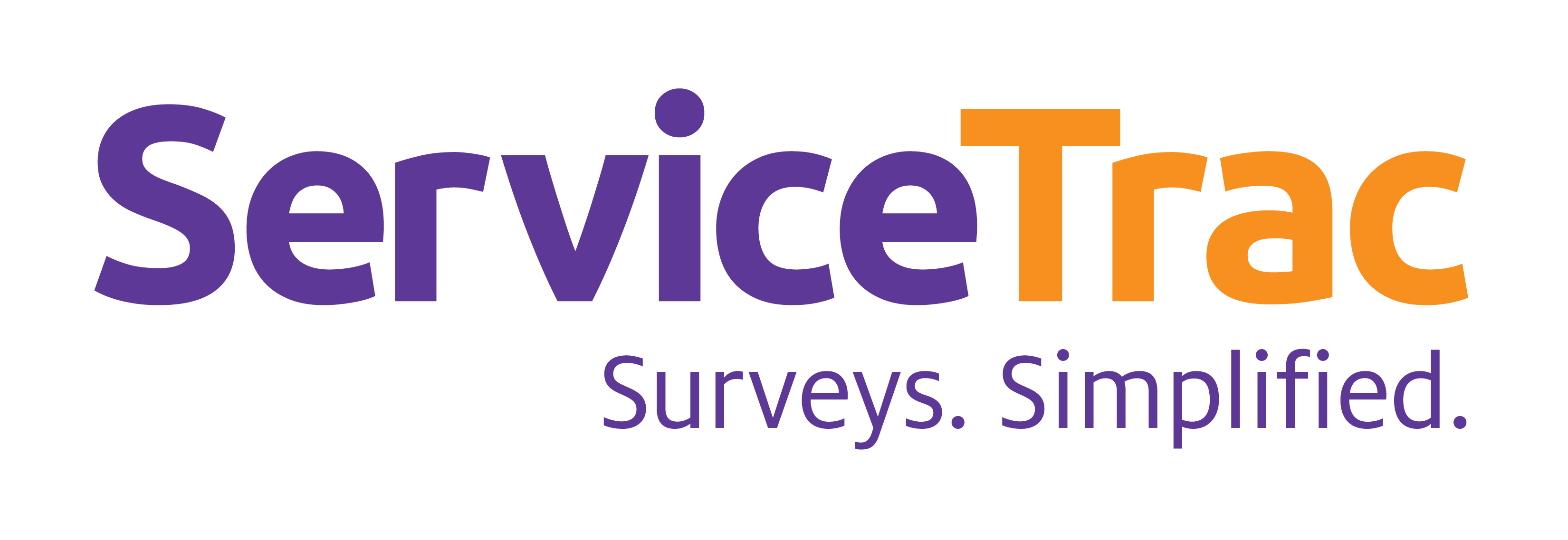
According to the Harvard Business Review, over one-third of new hires look for a new job within their first six month on the job. This is largely attributed to the perception created throughout their onboarding experience.
To help you craft best-in-class employee onboarding experiences we’ve listed 5 research proven steps to include in your new-hire onboarding processes.
Steps to Include in an Onboarding Experience
- Reach out before the new hire starts – Establish communication and a first week schedule before their start date. According to the Society of Human Resource Management (SHRM), new employees who go through a structured onboarding program are 58 percent more likely to be with the organization after three years. The HR manager (or center administrator) should personally reach out with a schedule for the first week, offer a personalized welcome message and any immediate information the new hire should know (i.e. documents to bring, dress code etc). This gesture establishes your structured program early and helps new hires feel welcomed before they even start.
- Prepare needed access – If computer/software access is necessary, then these items should be completed before the employee starts. Basic HR, compliance and software training shouldn’t be held hostage because employees are waiting for their access to go through. Talya Bauer, Ph.D., author of Onboarding New Employees: Maximizing Success said, “The faster new hires feel welcome and prepared for their jobs, the faster they will be able to successfully contribute to the firm’s mission.”
- Schedule meaningful time to meet other team members – New hires should meet with their managers and other team members on the first day and take part in a team-building activity. A new hire should never eat lunch alone on their first day. A study from the Center for Talent Innovation found that employees who feel like they belong are 3.5 times more likely to be productive, motivated and engaged. Additionally, connecting new hires with an assigned mentor will help reduce supervisor reliance and help new hires acclimate to their tasks more quickly.
- Concentrate on culture and connection – Onboarding is the ideal time to discuss the organization’s history, values and purpose (i.e. why we do what we do). According to Dr. Bret Miller, VP of Research Operations for ServiceTrac, “There are a few identifiable pivotal moments that affect the tenure of each employee. The onboarding process is one of these key moments. It offers an imprinting canvass where we can make lasting, positive impressions with each new employee.”
- Survey new hires – The best organizations strive to evaluate all of their efforts. The onboarding process should be one of these evaluations. All new hires should be surveyed to help you gage what’s working and perhaps what needs to be improved. ServiceTrac recommends surveying new hires within the first 30 days employment. New hire surveys are a great way to track the effectiveness of your orientation process, initial training and assimilation of new employees; helping you maximize the investment you make in hiring and training new employees.
Assessing Survey Results
ServiceTrac’s cutting edge online reporting allows you to see results in real-time and take action immediately. You can track your onboarding survey trends, read open text responses, and even dissect your results based on demographic information.
In addition, by connecting your onboarding feedback with other feedback across the employee lifecycle, you’re able to make connections between the onboarding experience and other key lifecycle events. This is an essential step in proving the impact and value of your onboarding process as well as modeling the impact of any improvements you put in place.
